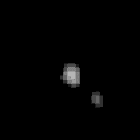 I’ve initiated a new category here at Scribblings to encompass my rants, musings and occasional artistic dabblings on the subject of real space exploration. If there’s a surprise here, it’s that I haven’t had a category for such things in the past.
I’ve initiated a new category here at Scribblings to encompass my rants, musings and occasional artistic dabblings on the subject of real space exploration. If there’s a surprise here, it’s that I haven’t had a category for such things in the past.
One of the things that inspired this change is this exceedingly brief movie from the outskirts of the solar system.
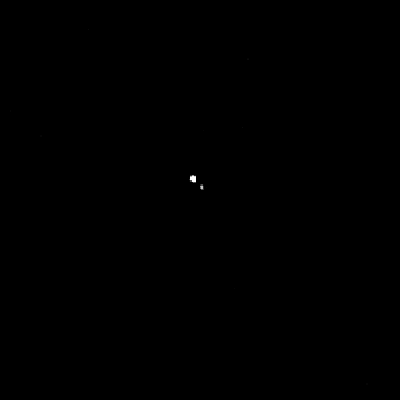
As seen from the camera aboard the unmanned New Horizons space probe speeding toward the minor planet Pluto, that is Pluto and its largest natural satellite, Charon, as glimpsed from only 260 million miles away. A pixel dancing an eternal do-si-do around a clump of other pixels.
A whole world we’ve never seen.
For the sake of comparison, here is the planet Saturn, as glimpsed by Cassini during its approach to the giant ringed planet. When this picture was snapped in October 2002, Cassini was nearly 300 million miles away – millions of miles further away from its eventual target than New Horizons was when it shot the sequence of images that make up its “Pluto movie”, and yet Saturn is so much larger in the frame of the photo.
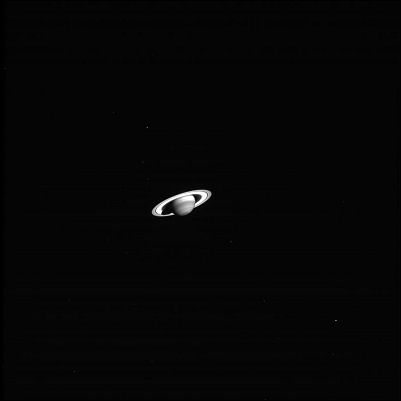
Though for another comparison, let me also remind you of this ominous movie created by “flipbooking” images from Voyager 1 as it approached Jupiter in 1979.
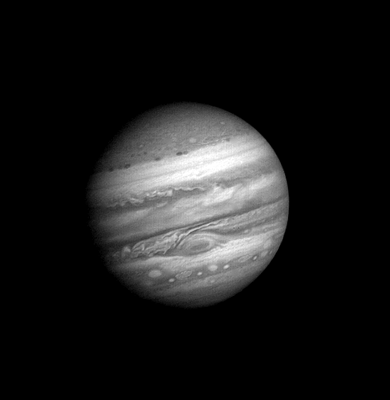
Though obviously comprised of photos taken from a much closer distance – the furthest photo was taken from a distance of only 35 million miles – the Jupiter “movie” is what this represents to me: the mind-boggling approach to a world previously unseen.
The lack of detail is down to this being the lower-resolution optical navigation mode of New Horizons’ camera, and to put that in context, I present you with – straight from the Voyager raw image archives – the earliest available optical navigation views of…
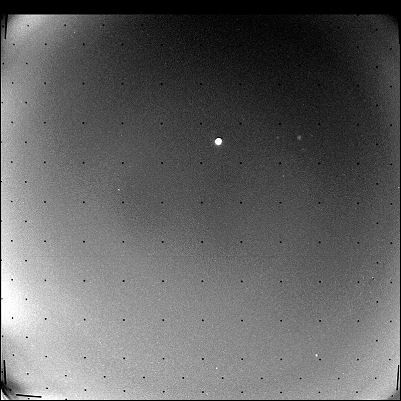
Jupiter (seen from Voyager 1)
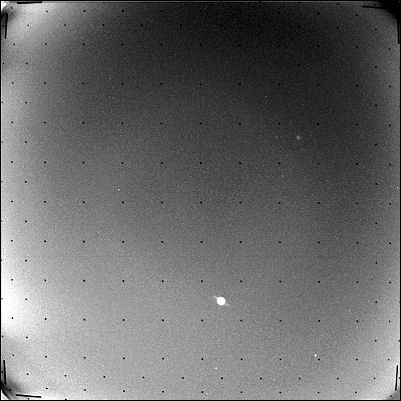
Saturn (seen from Voyager 1 in 1979)
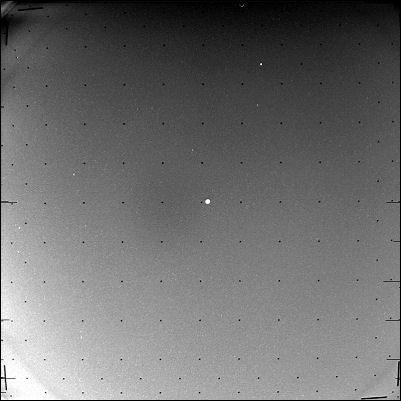
Uranus (seen from Voyager 2 in 1985)
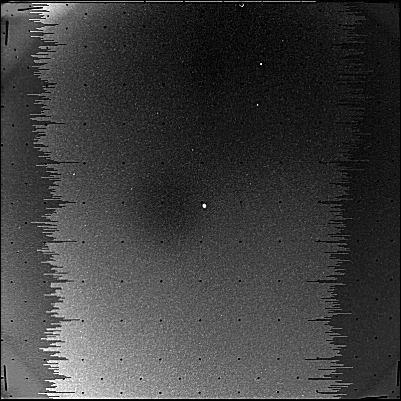
Neptune (seen from Voyager 2 in early 1989)
So much more is waiting to be discovered. The relatively-crude, blobs-a-few-pixels-across photos seen by the Voyagers en route, later gave way to whole worlds whose pictures are now fixtures in science textbooks.
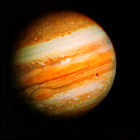
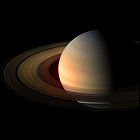
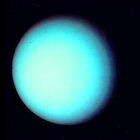
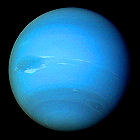
In some cases, well over half of what we know about these planets in our own solar system wasn’t known until we sent space probes there. And every visitor has opened up more questions to be answered by its successors. There was a time when these were the best available up-close photos of Jupiter and Saturn:
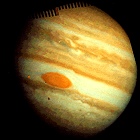
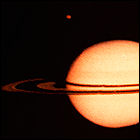
…barely hinting at the complexity that better cameras, computers, compression and hardware would uncover later. As I write this, Cassini is still operating at Saturn, Dawn is making its way toward the giant asteroid Ceres, and Juno is on its jaunt toward Jupiter. We have active rovers on Mars, and a remarkable European space probe has just arrived at a comet upon which it will deposit a lander for on-site study.
With any luck, we’ll know so much more about Pluto a year from now than we do today. And of course, we’ll have many more questions.
If you dig this post, you might want to play around with theLogBook.com’s “Events by Topic” and “Events by Destination” features. There’s some fun stuff in there.

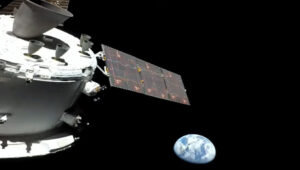
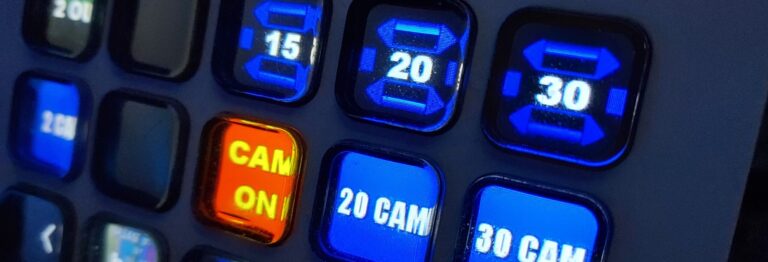


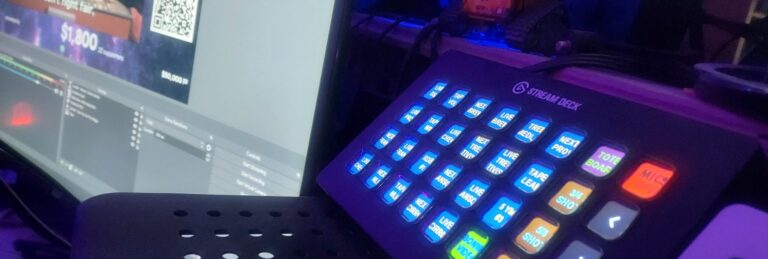
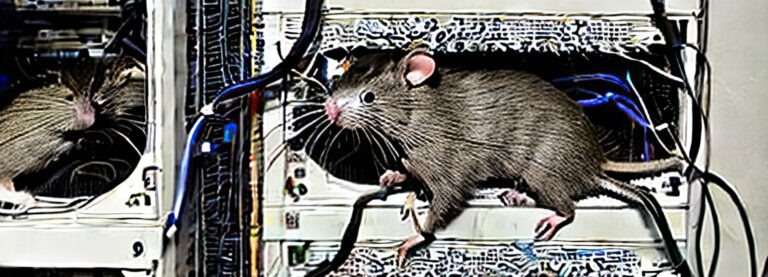
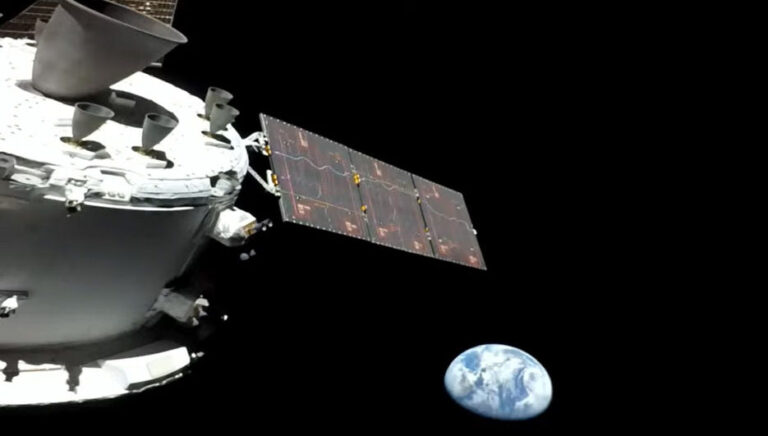
+ There are no comments
Add yours